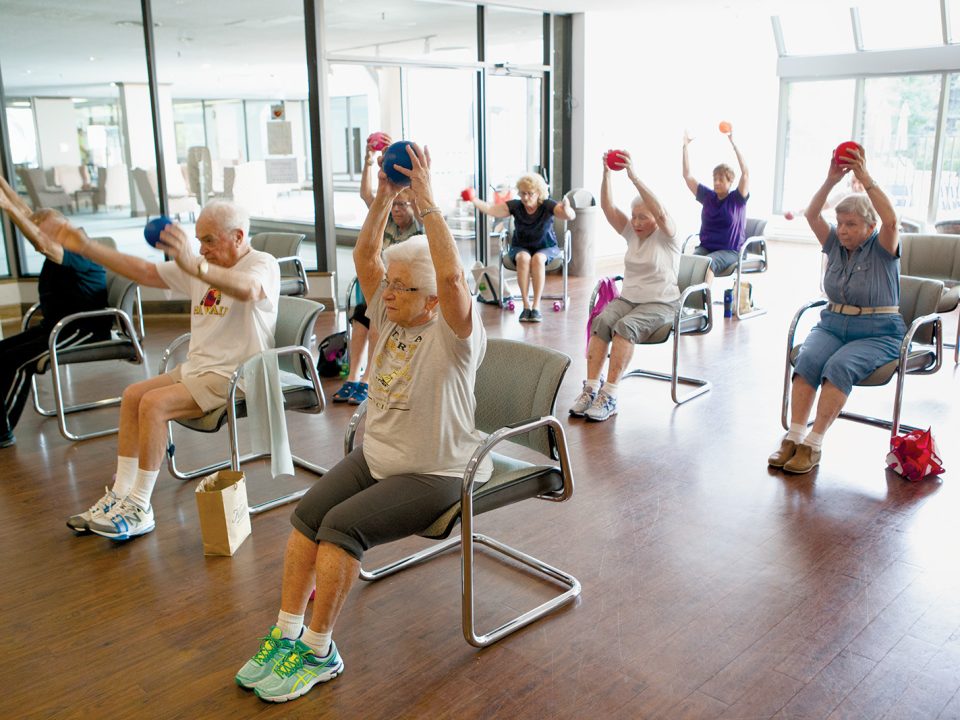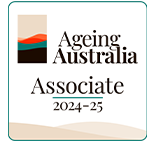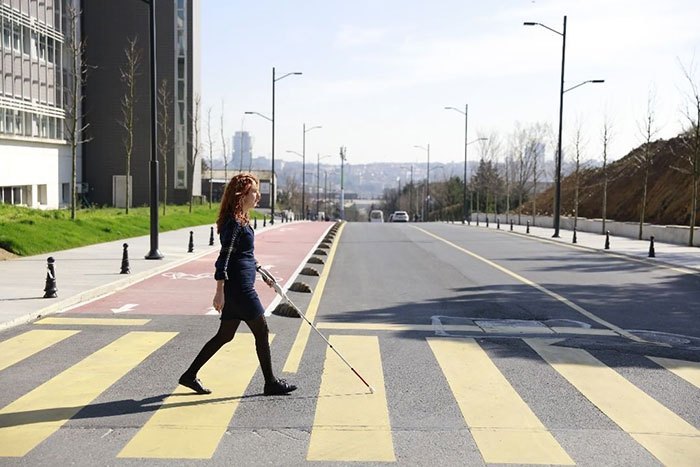
A blind engineer has built a SMART cane that has Google Maps, Bluetooth, and a sensory device
November 10, 2019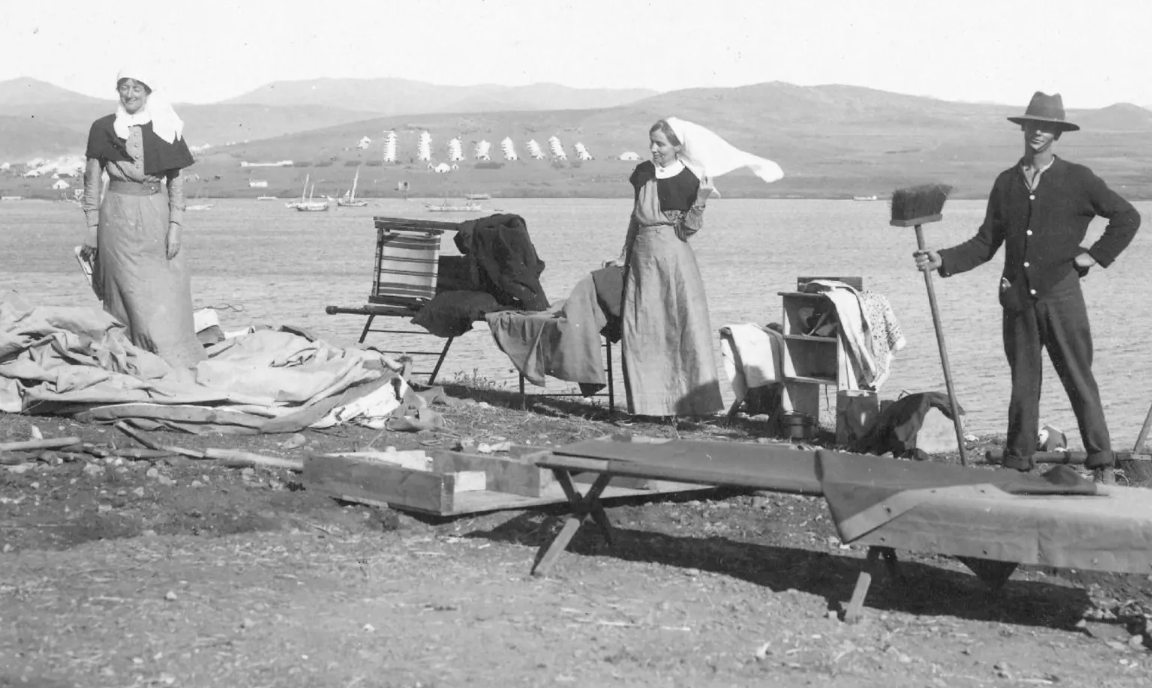
Honouring the Australian nurses of Lemnos
November 18, 2019Longer life expectancy and better disease management placing increasing demands on home nursing services
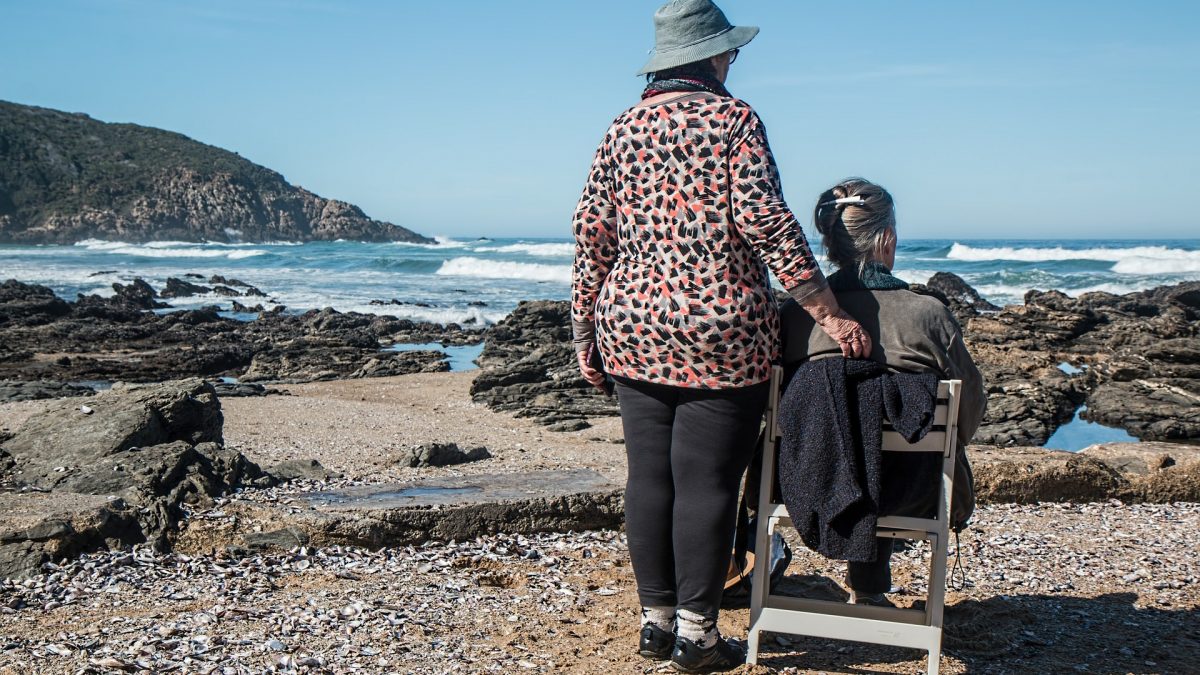
Longer life expectancy and better disease management placing increasing demands on home nursing services
Longer life expectancy and better disease management is placing increasing demands on home nursing services, research suggests.
Women using home nursing services are becoming older and more medically complex, according to a Wiley research paper.
Trajectories of Home Nursing Use for Older Women in Melbourne 2006-2015 also found women using home nursing services in 2015 were more likely to be from countries other than Australia and were more likely to speak a preferred language other than English, compared to 2006.
This is consistent with current trends in the Australian population over recent years as baby boomers and postwar migrants move into retirement age, says Dr Marissa Dickins, research fellow at the Bolton Clarke Research Institute and lead author on the study.
“In Melbourne we’ve had quite large numbers migrating from places like Greece and other European nations and more recently from places like India,” she told Community Care Review.
The study, which looked at women over 55, also showed fewer women living alone were using home nursing – a decrease by 13 per cent over the period (despite the number of older women living alone remaining relatively stable).
This could be because those from other nations such as India tend to live with younger family members as they age, said Dickins.
Higher burden of disease
It could also be down to people moving at an earlier age into higher levels of care. Improved life expectancy does not mean individuals are living without disease or disability.
Comorbidity – or the presence of one or more conditions – was higher among the 2015 data set, where almost a third of those over 85 experienced two or more health conditions.
The most common diseases for those over 65 include cardiovascular disease, cancer and neurological conditions.
“We’re certainly seeing more diagnoses than we used to see previously,” said Dr Dickins. “There’s certainly a higher burden of disease.”
The increased mean age of women accessing home nursing care – from 78.62 in 2006 to 79.33 in 2015 – and the fact they’re living with more conditions, supports previous research indicating that as our medical knowledge grows and care improves, we are are getting better at managing diseases,” she said.
“As our ability to do that gets better, people will be living longer with more different types of disease,” she said.
The data, gathered from clients receiving Bolton Clarke in-home care nursing services primarily in metropolitan Melbourne, is the first to examine the use of home nursing services over time for women, and to analyse underlying factors by living situation.
Understanding the client base
As people live longer with more complex needs, so will the demand for home nursing. Understanding how their client base is changing is crucial for nursing organisations to plan care going forward.
For example, as the number of women from foreign countries accessing home nursing care continues to increase, so does the demand for interpreters, and care and nursing staff who can speak languages other than English.
“We want to provide care for these women as best we can,” said Dr Dickins. “We have to assess whether there are services we may be able to put in place to help them age well at home for as long as possible.”
This article was originally published on The Australian Ageing Agenda on 30/10/19 by Caroline Riches.


